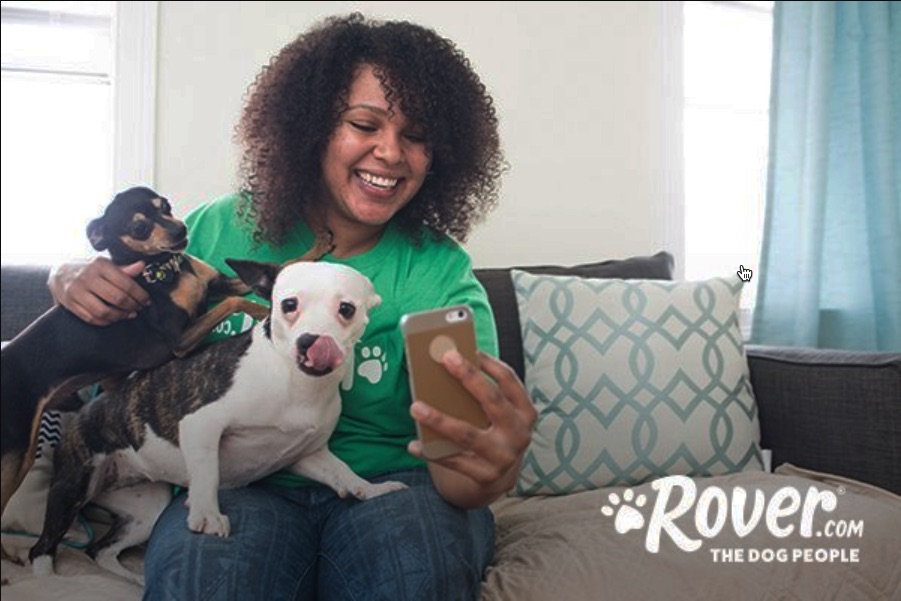Automation Key to Keeping Linear TV in Ad Ballgame

Simulmedia, one of the early ad tech companies to buy television commercials based on target audiences, is now doubling down on automation.
Dave Morgan, CEO of Simulmedia, said that in order to buy and traffic about 10,000 spots a day nationally across an array of 115 networks, the company needs automation to keep staffing costs low and speed execution.

More important to linear TV networks looking to generate incremental ad dollars as ratings erode, the kind of automation Simulmedia is using can facilitate spending by internet-based direct-to-consumer marketers like client Dollar Shave Club, Quip, Babbel and Rover.
Automation also helps traditional marketers like Taco Bell or Choice Hotels that want to be able to make advertising decisions closer to airtime, based on reporting on how their campaigns are performing.
A decade ago, Morgan noted, there was a debate as to whether TV advertising needed to change or whether the way it was sold needed to change. Simulmedia opted to bring audience-and outcome-based buying to the mix, improving the ad product. Now it’s focused on improving how ads are bought and sold.
Companies like eBay and Google had tried to make the TV buying process more like digital, with little success. Now, Morgan said, most TV companies have their own audience-and outcome-based initiatives based on data, and those DTC brands have hundreds of millions to spend on TV advertising and want a less cumbersome process that allows them to buy ads and monitor campaigns on a dashboard on their computer screens.
Automation is attracting those DTC companies to Simulmedia, which has doubled the amount of business with them in the past year.
Broadcasting & Cable Newsletter
The smarter way to stay on top of broadcasting and cable industry. Sign up below

Networks want that business because it’s incremental, it’s growing and the rates paid are higher than many long-established clients. ”Automation will make linear TV increasingly attractive for these digitally-born marketers,” Morgan said.
At Simulmedia, the Automated Execution software is built into VAMOS, the system that handles audience targeting, media planning and audience measurement.
VAMOS is able to put together a schedule that the network can either accept or reject. If parts of the buy are rejected, VAMOS has backups it can propose.
The other key is what Morgan calls a “living rate card” that frequently updates which spots are available and how much they cost. The system is also able to anticipate which spots will be available based on Simulmedia’s history of dealing with the networks. “Our first ask clears 93% of their time,” Morgan said.
Some media companies have been more aggressive about automation than others. About a quarter of them are highly automated, a quarter are partially automated and the remaining half still do business in legacy ways, he said.
NBCUniversal, for example, allows ads to be bought via an application programming interface (API), which enables machine-to-machine negotiations. Through machine learning and artificial intelligence, these systems can handle situations where a network wants more volume and can respond with an offer to buy more spots if rates come down by a certain percentage.
“That takes a massive amount of people out of the equation,” he said. With its automated system Simulmedia needs about five people to do its buying. A digital company would have about 55 and a linear TV business would have about 250 people.
Some networks have portals capable of providing quick decisions about accepting, rejecting or countering offers so there’s no need for protracted negotiations.
Others accept XML files that can be dropped right into trafficking systems, rather than having to cut and paste material from emails.
Crossplatform Cooperation
Morgan said networks don’t have to make big changes in their processes and that Simulmedia can figure out how to work with different ad stewardship systems. He expects to be able to do about 90% of the agency’s business on an automated basis by the end of the first quarter next year.
And being easier to work with by automating can mean more dollars for a linear network.
Automation doesn’t affect spending choices when there’s time to plan a full campaign. “But if it’s going to be who’s going to get something that’s 72 hours out, or 24 hours out — and with all the tune-in advertising we do that happens more than we’d like — the automation makes a big difference,” Morgan said.
Jon has been business editor of Broadcasting+Cable since 2010. He focuses on revenue-generating activities, including advertising and distribution, as well as executive intrigue and merger and acquisition activity. Just about any story is fair game, if a dollar sign can make its way into the article. Before B+C, Jon covered the industry for TVWeek, Cable World, Electronic Media, Advertising Age and The New York Post. A native New Yorker, Jon is hiding in plain sight in the suburbs of Chicago.

